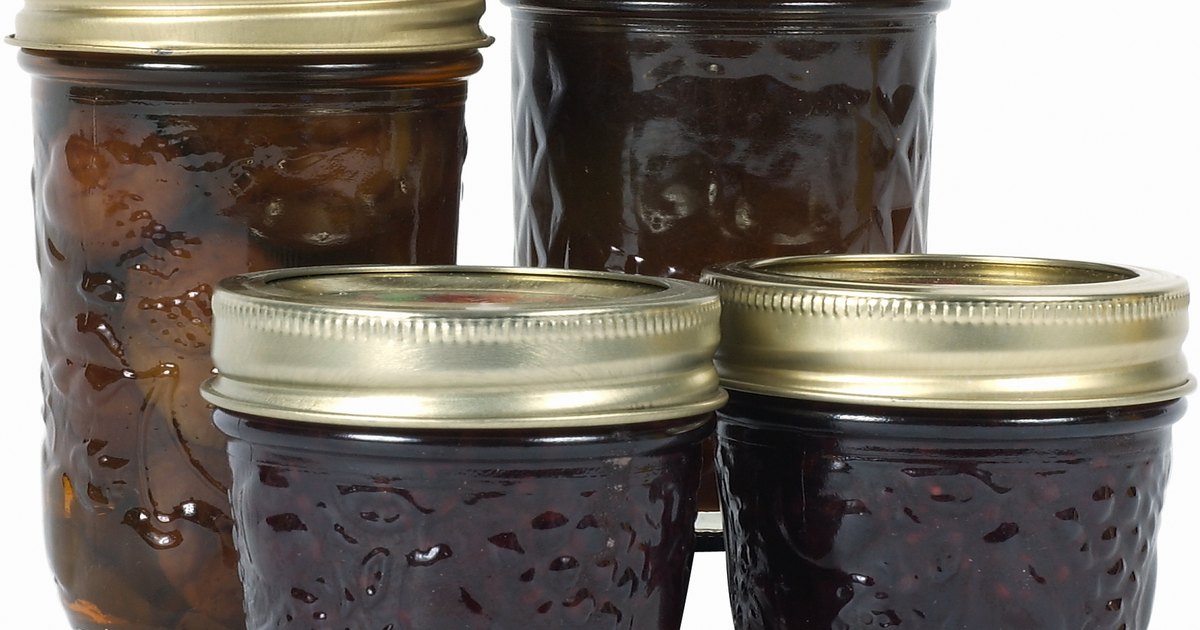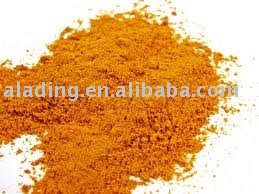
clarify it, and turn it into fancy aspics, molded salads, desserts. It took hours to render gelatin from bones, skin, etc. Gelatin was once a sign of wealth, before the advent of prepared gelatin, only members of the elite classes could afford it. Carême’s meals often featured elaborate architectural tableaux constructed from chaud froid, with many of the elements glazed with-or encased in-glistening aspic.įrom Joe Pastry comes this on the history of gelatin."Pastry Chef Ed writes:Īnother thought on the historical significance of gelatin over starch. The most famous 19th-century French chef, Antonin Carême, was a huge fan of aspic, which he placed in the category he called chaud froid (French for “hot cold”-dishes that were first cooked, then served cool). These were clear, savory jellies, served as molded showpiece dishes containing whole or sliced ingredients.

The first aspics began to appear on refined European tables in the late 18th century. Sweetened gelatin didn't appear until the end of the medieval period. The first recipes using gelatin were in the 1400's and they were savory. The earliest finding of gelatin used in cooking goes back to early Egypt and it has been found in early Rome where it was used as glue. I use it in pastry cream and lemon curd so they maintain their shape when piped and left at room temperature.īy subscribing, I consent to receiving emails. Gelatin has many uses in pastry including Bavarian Cream, mousses, and cold soufflés as well as in homemade ice cream to prevent it from becoming too hard in the freezer. But for most desserts you definitely don't want to know it has been set with gelatin. Some recipes for pate de fruit and Turkish Delight also use gelatin in an extreme form. When done right, it adds body that goes unnoticed.Īspic is perhaps the most extreme use of gelatin. Finding just the right balance so the item won't sag when released from its mold can be tricky. Use too little and the product won't set, use too much and you can bounce it across the room.

It forms a crystal clear gel that melts quickly and cleanly when eaten An odorless, tasteless and colorless thickening agent that forms a gel when ultimately combined with a liquid, it is also one of the most misunderstood ingredients in pastry.

Gelatin is one of the most important setting agents in pastry.


 0 kommentar(er)
0 kommentar(er)
